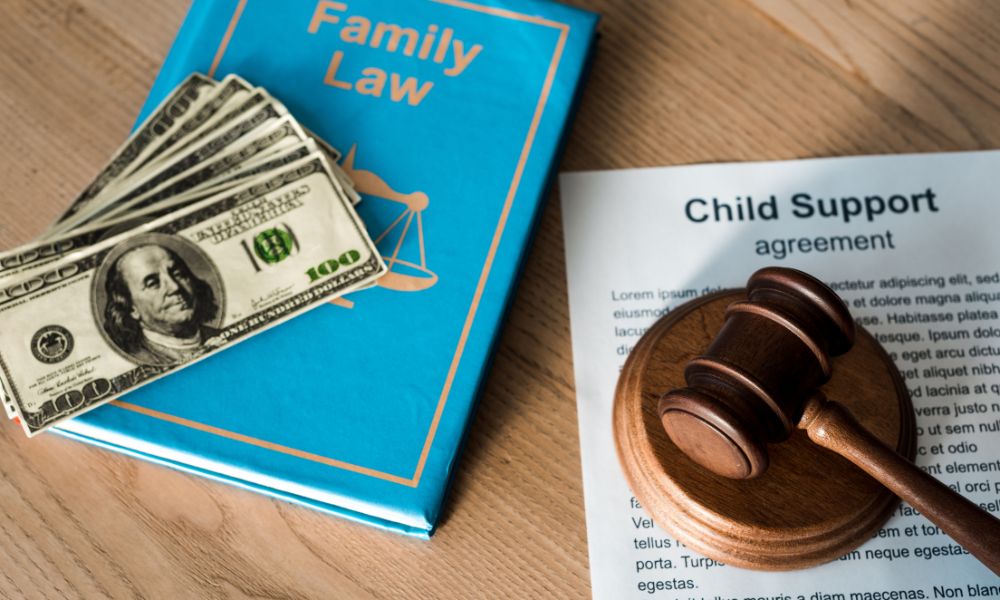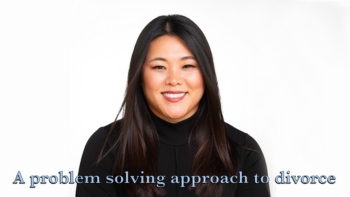October is Domestic Violence Awareness Month. In spite of the help and information available to victims of domestic violence, and the increased awareness by law enforcement about what abuse looks like and how to address it, domestic violence has not disappeared. It therefore bears repeating what many already know about this topic and some of the legal remedies available to victims. If this information causes even one victim to seek a way out of an abusive relationship, then the repetition is invaluable.
Domestic violence does not always look the way that one might think, and its victims do not either. Family law attorneys see abuse in all forms, physical, emotional and financial, and in victims from every race, ethnicity, gender, sexual orientation and socioeconomic group. At its core, domestic violence is an abuse of power in an intimate relationship.
In the media, domestic violence is generally portrayed as physical abuse. In reality, domestic abuse takes on more subtle forms just as often. All domestic abuse creates a power imbalance between the abuser and the victim, which can have a long-term adverse impact on everyone living in the same household as the abuser. That is especially true for children who witness domestic violence.
Physical Abuse
Physical abuse does not always cause black eyes and bruises. Many abusers seek to maintain control over their victims long-term and any obvious physical signs of abuse on a victim may prevent this. For example, pinning a victim in place, or placing hands around a victim’s neck, is abuse, even if these acts leave no physical evidence. Any physical interaction which causes physical harm, or causes a victim to feel threat of physical harm, is abuse. In a family law proceeding, these actions are a basis for a victim to seek and obtain an Order of Protection against an abuser. A judge can issue an Order of Protection without prior notice to the abuser where the victim can show that notice would place her in danger of further harm. A lack of physical evidence does not mean that abuse did not occur, and credible allegations of abuse can lead to serious consequences for an abuser.
Emotional Abuse
Berating and name-calling are also forms of abuse, particularly if these behaviors occur repeatedly. Other forms of emotional abuse are threats of harm to the victim or someone she cares about. Emotional abuse can be insidious; a victim may not realize she is a victim until a family member, friend or attorney highlights the abuse. Victims of emotional abuse are often reticent to report it, even though courts can issue Orders of Protection based on credible claims of emotional abuse.
Financial Abuse
A less-obvious form of domestic abuse is financial abuse. Financial abuse can be hard to define: it is not budgeting, or disagreements about when and how much money should be spent. It is not partners insisting on separate accounts or separate income tax returns. It is, however, the systematic and repeated withholding of financial information by a spouse, or measures taken to significantly control a victim’s access to funds. Victims of financial abuse may be subject to abuse in its other, more “visible” forms. Victims of long-term financial abuse sometimes come to believe that their partner is entitled to the funds and information being withheld. Financial abuse can be a means for a partner to prevent a victim from leaving a relationship. Abuse is about control, and withholding financial information or funds is a means for an abuser to achieve control. In a divorce proceeding, there are many ways to address this form of abuse—courts can award support and attorney’s fees, and can require an abuser to turn over financial information. Penalties for failure to follow a court order can be severe, and can include time in jail.
Abusers Repent
Repentance for bad acts can be as much a part of the abuser’s profile as the abuse itself. The technical term for this is the “Cycle of Abuse” or “Cycle of Domestic Violence.” It looks like intervals on a bar graph—escalations of abusive behaviors, followed by periods of remorse, apology and even kindness by the abuser to his victim. This is how control is exercised, how an abuser makes peace with his actions and keeps a victim in the relationship. It is easy for a victim to be lulled into feeling as if the abuser has changed, for good. The triggers that exist in the mind of the abuser are still present, however. Once set off, the cycle of abuse and repentance begins again. It rarely stops or gets better until the victim leaves.
The cycle of domestic abuse often causes victims to feel that the repercussions of “outing” their abuser outweighs the potential benefit of seeking help. Most professionals and organizations which help victims of domestic violence maintain strict confidentiality with victims, including attorneys and shelters. If you are being abused, or are the loved one of someone suffering abuse, consult with a professional or an organization to help find a path out of the cycle of domestic violence.



